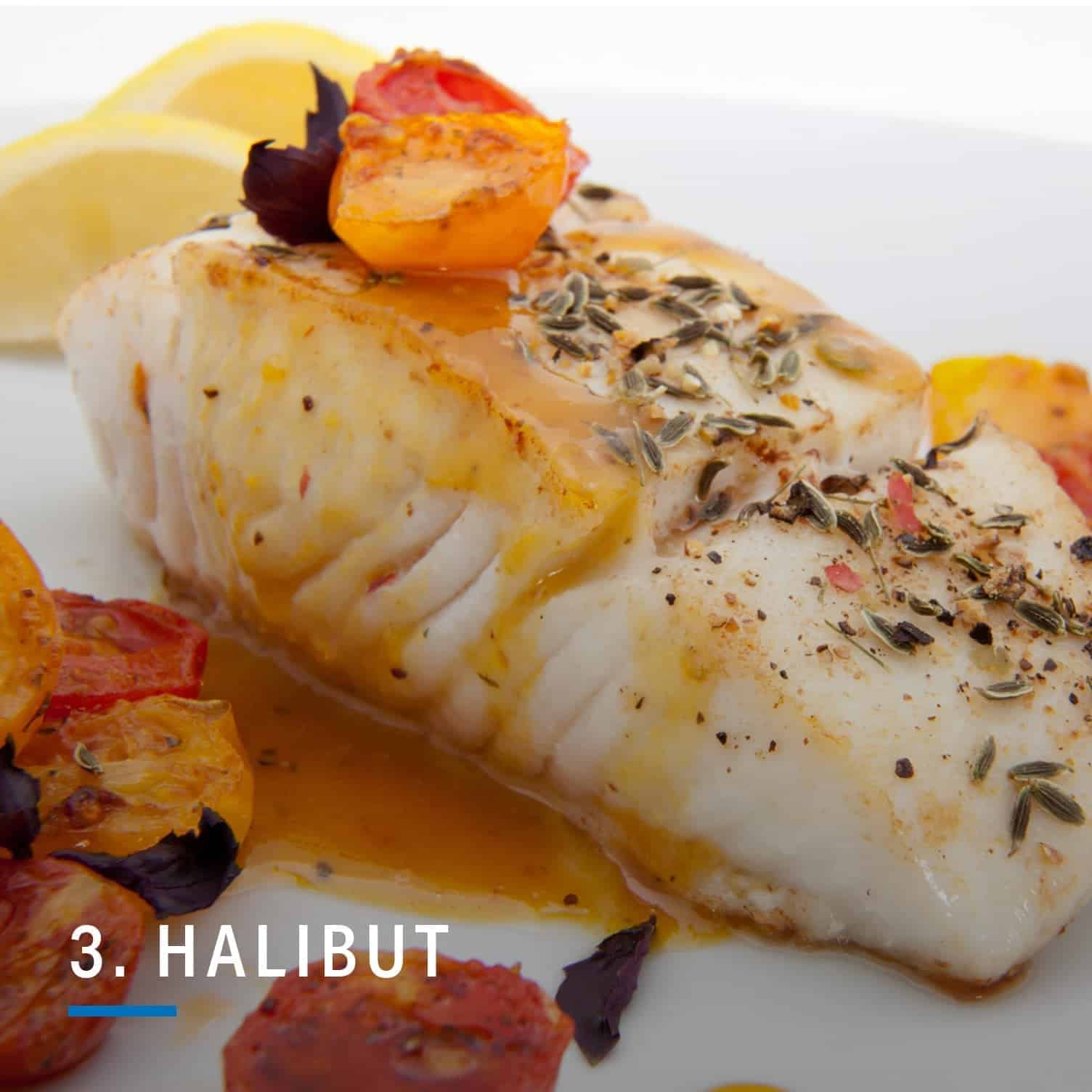Eating fish can help with your weight-loss goals — provided you’re choosing the right kind. Most fish are high in protein but contain fewer calories than other protein sources, like poultry or beef, says Kristen Smith, MS, registered dietitian and spokesperson for the Academy of Nutrition and Dietetics. Protein-rich foods, she explains, can help increase satiety and prevent overeating at or between meals. Moreover, many fish are also loaded with omega-3 fatty acids, an essential nutrient that promotes heart and brain health.
Of course, it’s important to note that adding seafood to your diet doesn’t automatically guarantee weight loss, says Cara Harbstreet, MS, a registered dietitian and founder of Street Smart Nutrition. But incorporating nutrient-dense fish into a balanced diet — and committing to regular exercise, hydration and good sleep — can help propel you toward your weight-loss goals.
Here are five nutrient-rich types to add to your plate:

Canned tuna hits the meal plan trifecta: It’s affordable, versatile and good for you. “Tuna canned in water offers a protein-rich option [for people trying to lose weight],” says Smith, “yet still keeps calories to less than most chicken options at a comparable portion size.” Think: 73 calories for a 3-ounce serving of canned tuna versus 126 calories for 3 ounces of grilled chicken.
“Canned options are shelf-stable and incredibly convenient for quick and simple meals,” Harbstreet adds. (Just make sure you stick to light tuna, since it’s considered a low-mercury fish.) Mix it with avocado and spread it on apple slices for a snack or toss it with cucumbers and spinach for a filling, low-carb salad.

With a mild flavor and impressive nutrient profile (including vitamins B12 and B6), cod makes an excellent addition to any weight-loss meal plan. A standard serving has just 89 calories and 20 grams of protein, which research suggests may lead to increased satiety. A study from the European Journal of Clinical Nutrition, for example, found people who ate cod for lunch consumed 11% less food at dinner compared to people who had beef for lunch.
Another European study found people who ate five servings of cod per week as part of an eight-week, low-calorie diet lost nearly four more pounds compared to people who ate the same amount of calories but no seafood.

For a simple, nutritious meal, Harbstreet recommends picking up a frozen fillet of white fish like halibut. A 3-ounce serving of halibut supplies almost 20 grams of protein for just 94 calories. Plus, it’s packed with nutrients like selenium, magnesium and vitamin B12.
“And because white fish is less oily than salmon,” Harbstreet says, “it can be baked without thawing,” making it super easy — and fast — to cook. Try it with a side of steamed spinach or whip up fish tacos with mango salsa.

These small fish are often overlooked but they’re inexpensive and an excellent source of protein. One can (about 4 ounces) contains 26 grams of protein and fulfills 30% of your daily calcium needs. Sardines are also rich in iron and vitamin D and can help decrease inflammation [which is important when trying to lose weight] thanks to the heart-healthy omega-3s. And since they’re lower on the food chain, they contain fewer contaminants such as mercury and heavy metals. If you’re nervous about the taste, you can find canned versions with flavors like lemon olive oil and mango habanero. Try them as a quick snack on toast or as the star protein in salad or a grain bowl.

Not only is wild-caught salmon generally more flavorful than farmed varieties, it’s also a great source of lean protein and omega-3 fatty acids. Three ounces of wild salmon contains just 156 calories and 23 grams of protein, which “will help keep you satiated between meals while still keeping calories in check,” Smith says.
For an easy meal, top a bed of greens and seasonal veggies with a serving of baked salmon or add smoked salmon to an omelet to score even more protein.




